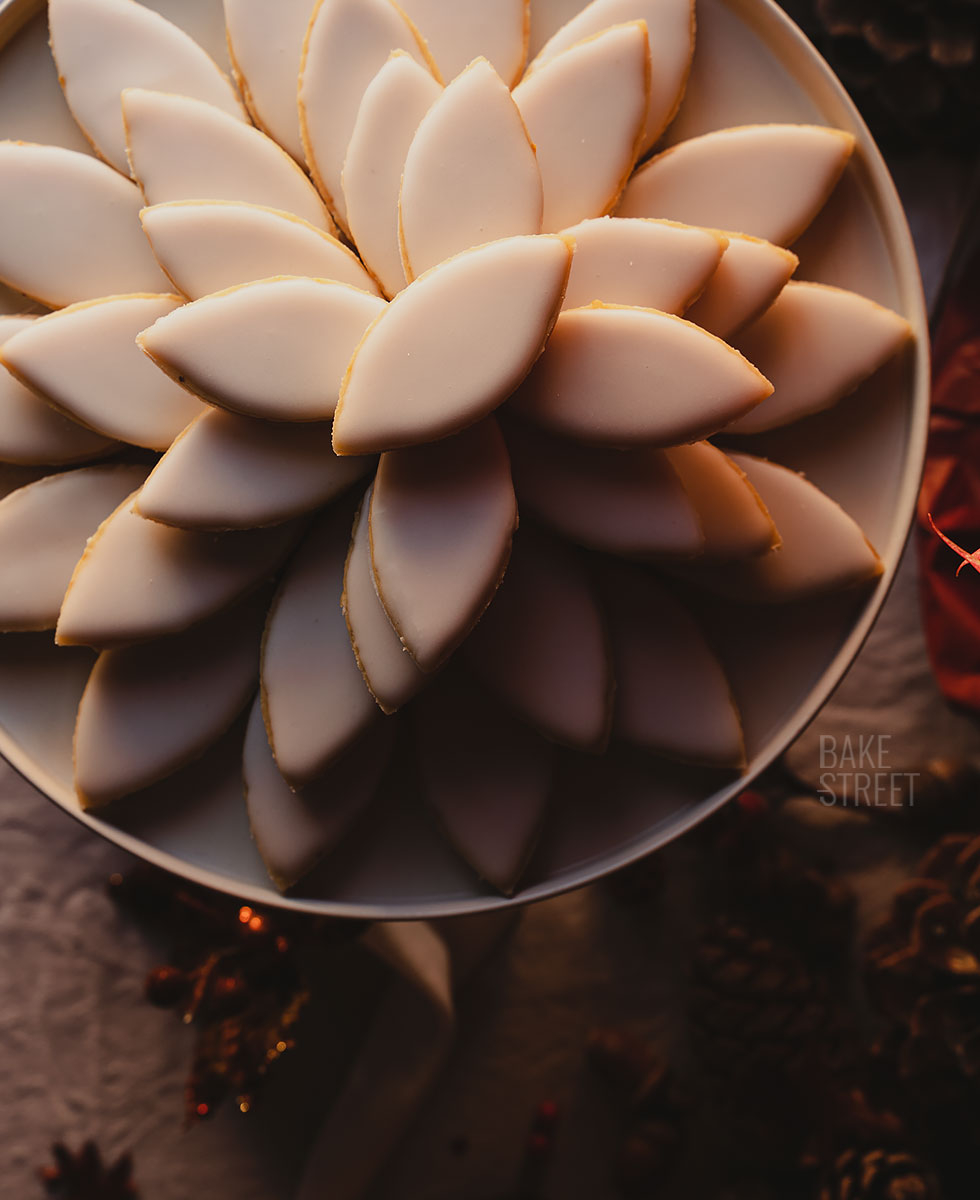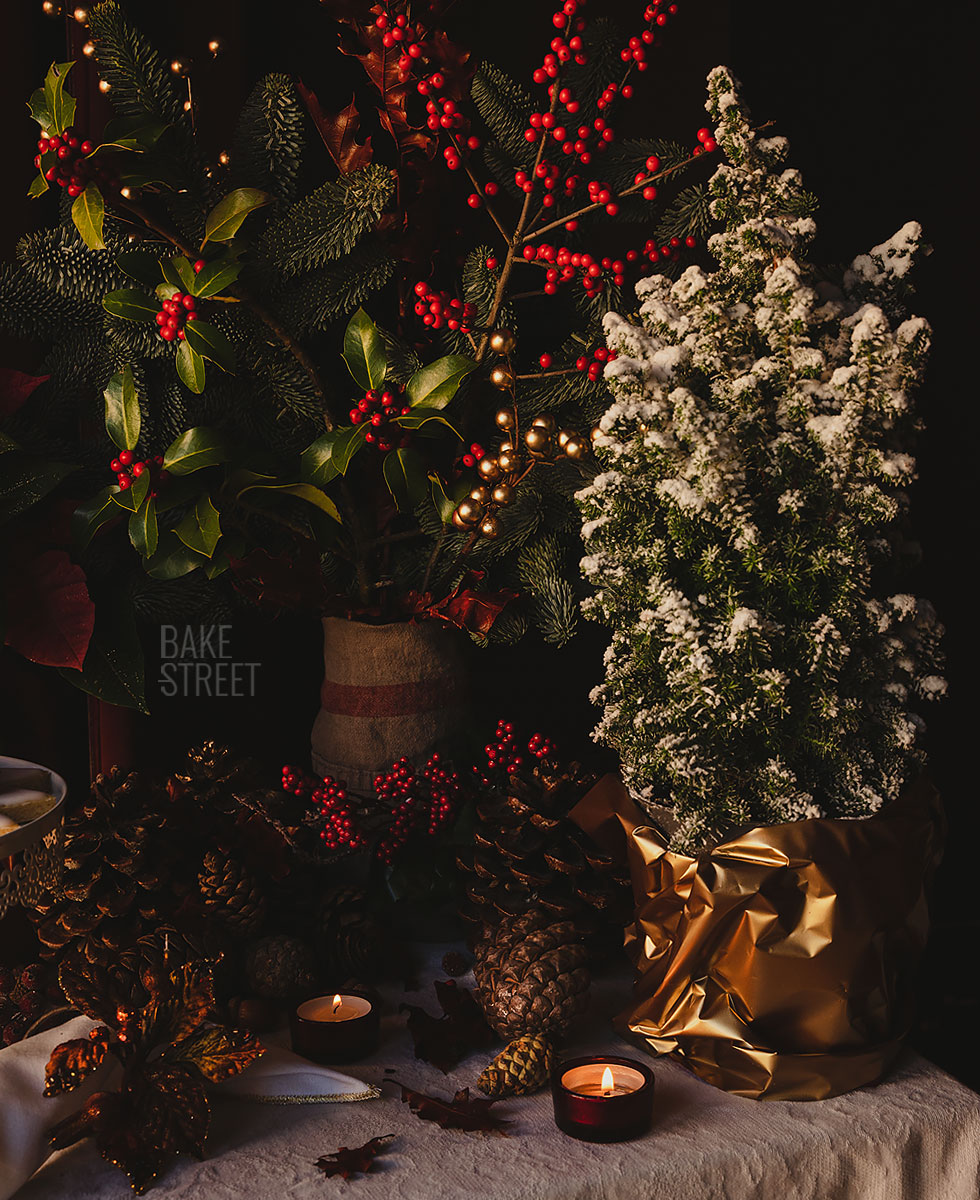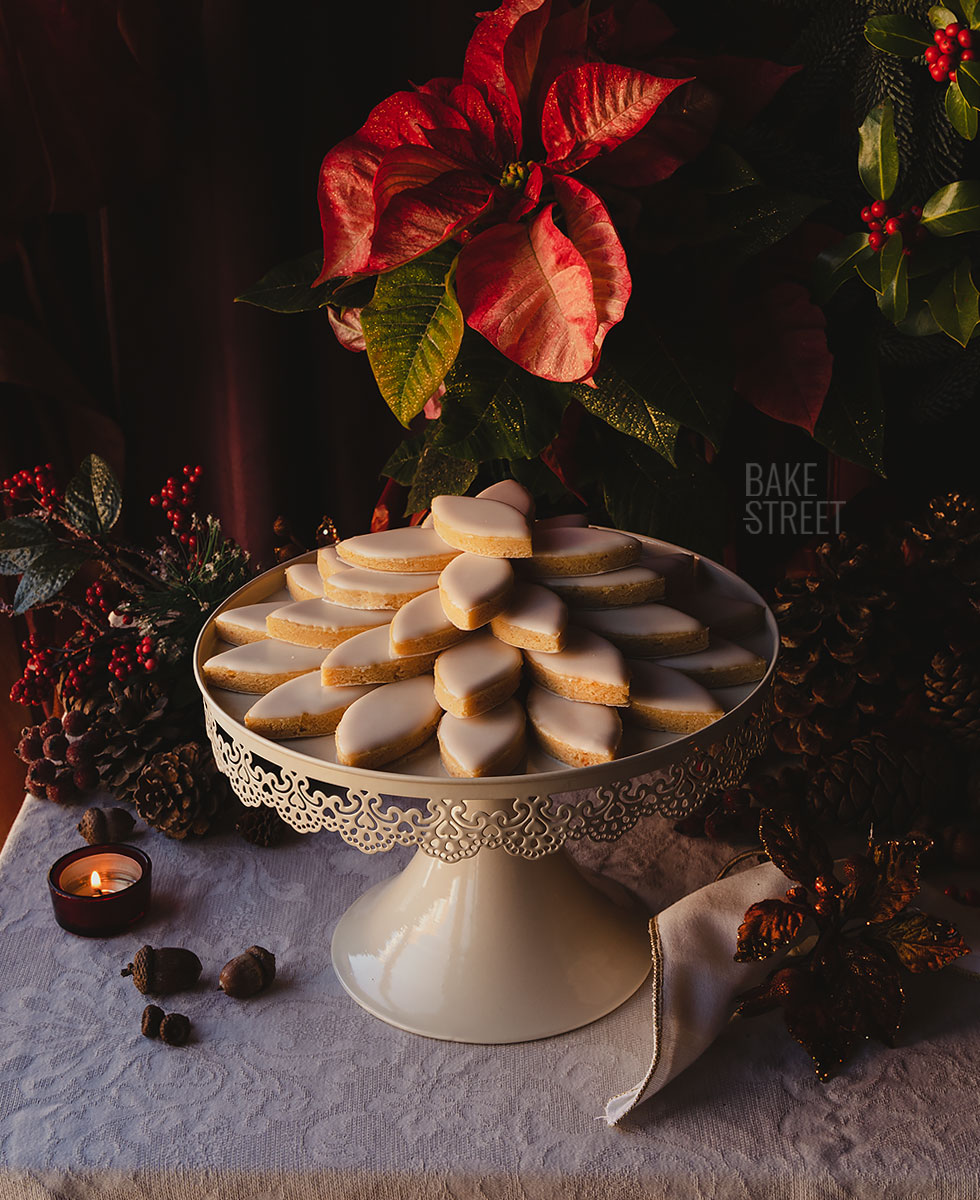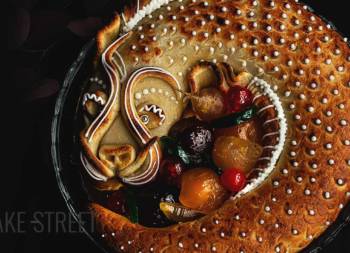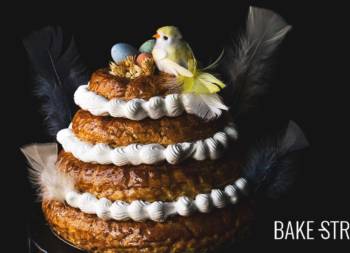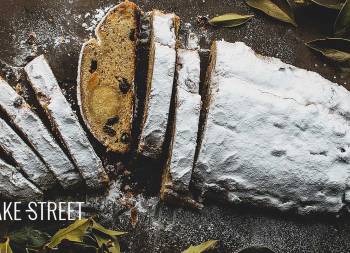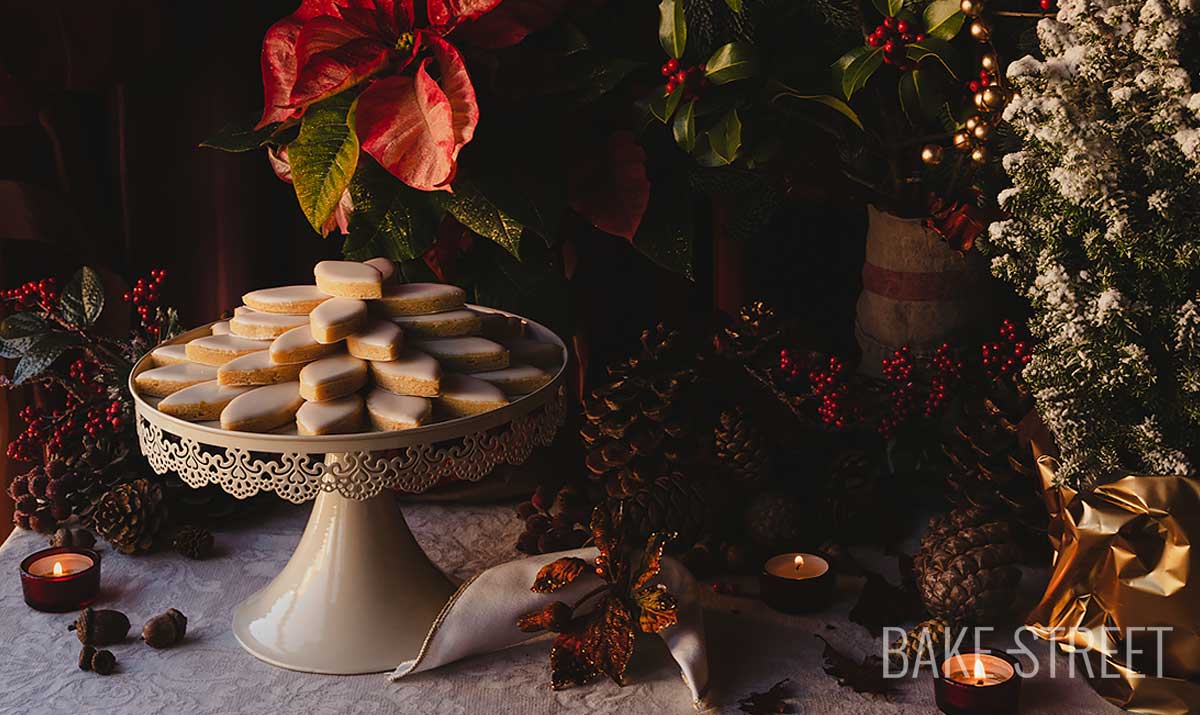
Calisson d’Aix en Provence, French pastries
I know I am a little late with this recipe of Calisson d’Aix en Provence, but in my defense I will say that there is still a lot of Christmas ahead and we can enjoy them from now until the arrival of the wonderful night of Three Kings. Can you imagine their Majesties of Orient sitting in front of your Christmas tree and tasting this marvel along with a small glass of liqueur, infusion… while they place the gifts? I can see it.
Well, we can continue enjoying them after the Christmas holidays if we wish. Because even though many recipes are seasonal, there is nothing better than eating a roscón de Reyes in August or a half-kilo ice-cream tub in the middle of December. Going against the world satisfies our inner beauty, hahaha.
This recipe I thought to have published it last Christmas, in fact I bought myself the molds of calisson in December 2019…. But as I was already fair I said, for 2020. Bullshit, something always happens to me that makes me delay some publications. Last year it was because I was working hard to get the Roscón de Reyes online course. This year, I organized myself better. In fact, I did several courses, three in particular, and I even made the candied melon in summer. Everything was going smoothly. But, as fate would have it, I ended up making the recipe in November… And here we are, bordering Christmas Eve. I look like the classmate who lives across the street from the high school and is always late.
I am aware that preparing homemade candied melon for calisson is very rushed, but you can buy it in stores and make them without problems. Although, as I said above, let your hair down and get rebellious. Prepare these wonderful calissons when January is over and enjoy them to the fullest between now and Easter.
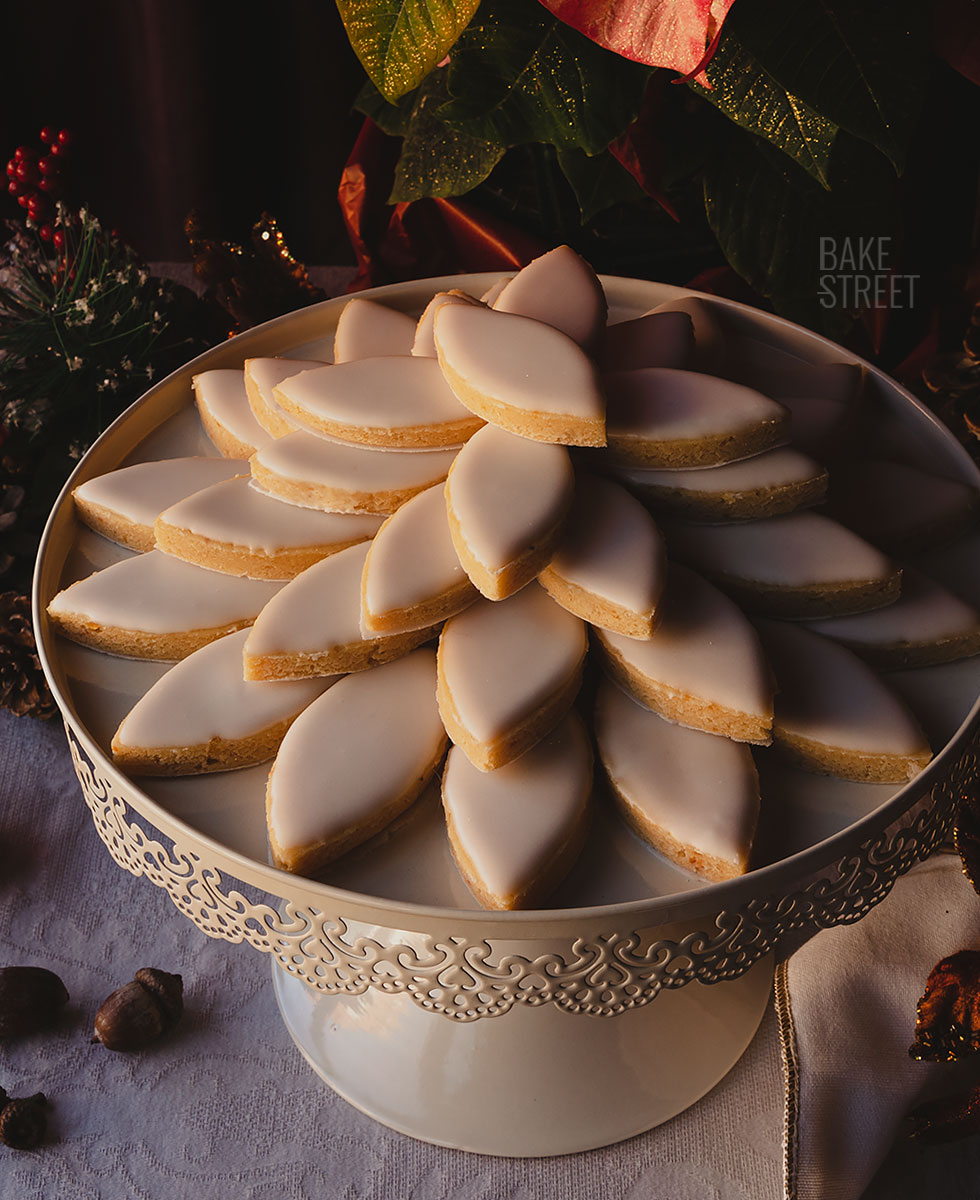
There are several legends about the origin of Calisson d’Aix.
Legend has it that it was Roy René‘s pastry chef who created the first Calissons d’Aix. This piece of confectionery was created for the wedding of King René of Anjou and his wife Jeanne de Laval. The future queen had a reputation for being impolite and austere and, on her wedding day, as she tasted the calisson, her face lit up with a wonderful smile.
She turned to the pastry chef and asked him what these wonderful sweets were, to which he replied: – “Di cuddle souns” (embraces, in Provençal). From that very moment, that delicate name was engraved in her memory.
“It seems that the shape of the calisson represented the queen’s smile that inspired the pastry chef.”
This beautiful story is only a legend about the origin of the calissons.
The calissons d’Aix were inspired by an ancient confectionery.
Another legend about the origin of these confectionery jewels could have its origin in the pastries made by the Romans. We already know that during Roman times it was common to confection or elaborate sweets with fruits and honey, in fact one of their elaborations was made with honey and almonds. At that time, these small almond and honey cakes were a way to protect the population from plague and cholera due to their nutritional qualities. The priests blessed these sweets for having the power to heal and strengthen the sick.
The word calisson could have a religious connotation. At Christmas or Easter time, the priest would pronounce “venite ad calicem” (come to the chalice) which translates in Provençal as “venes touti au calissoum“. Hence the derivation of the current word calisson. Its appearance would represent the shape of the niches of the Cistercian churches.
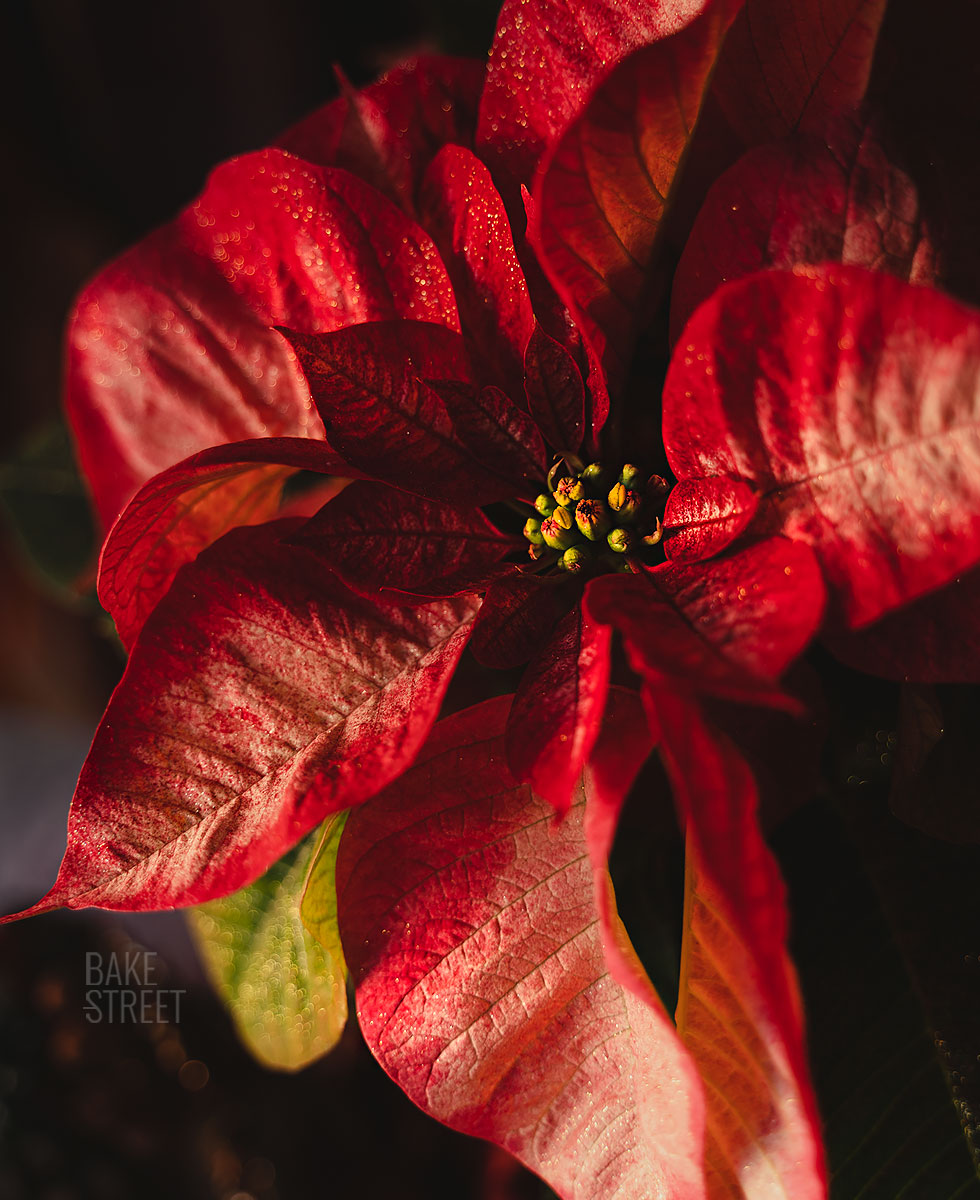
Calisson inspired by Italian pastries.
According to historians, calissons are sweets inspired by Italian recipes that have continued to evolve over five centuries. With the arrival of almonds in Provence in the 16th century along with their cultivation, the history of the calisson began. It was the pastry chefs of Aix-en-Provence who created this piece of pastry and hence the commercialization of this emblematic cake.
Opinions differ among historians as to the origin of the word “calisson”.
For some, it is necessary to go back to the 12th century to find traces in Padua in Italy of the “calisone”, a cake made of almonds and flour. In the 13th century, it was “calisons” that were distributed to the faithful during religious ceremonies in Venice. For others, it is on the island of Crete, then occupied by the Venetians, that one should look for “kalitsounia”, cakes made of marzipan and walnuts to which cinnamon and cloves were added.
While etymologists advance its Latin origins “calycion”, Greek “kalycion”, Italian “calicione”, it is probable that calisson comes from the Provençal “calissoum” (which would have changed to “calissoun” then in “calisson”) or from the Provençal “canissoum”. According to Frédéric Mistral, author of a Provençal-French dictionary, it designates a “small basket of rushes, clayon: round basket on which the pastry cooks carry several cakes, a kind of cookie; almond paste “.
The calisson d’Aix has its own museum.
It was created in 2016 and is included in the heritage of Aix-en-Provence, in fact the Calisson d’Aix is considered a gastronomic emblem of Provence. The “Confiserie du Roy René“, created almost a hundred years ago, is open to the public and extends over two hectares with 300 with green spaces, almond trees, an orchard, plus a garden with regional and Mediterranean plants.
This green space symbolizes the commitments to relaunch the almond tree in Provence and supports sustainable development. The ambition of this space, which concentrates the plant wealth of Provence, is to contribute to the protection of species. In this sense, flowers and trees are cultivated according to the rules of organic agriculture and agroecology.
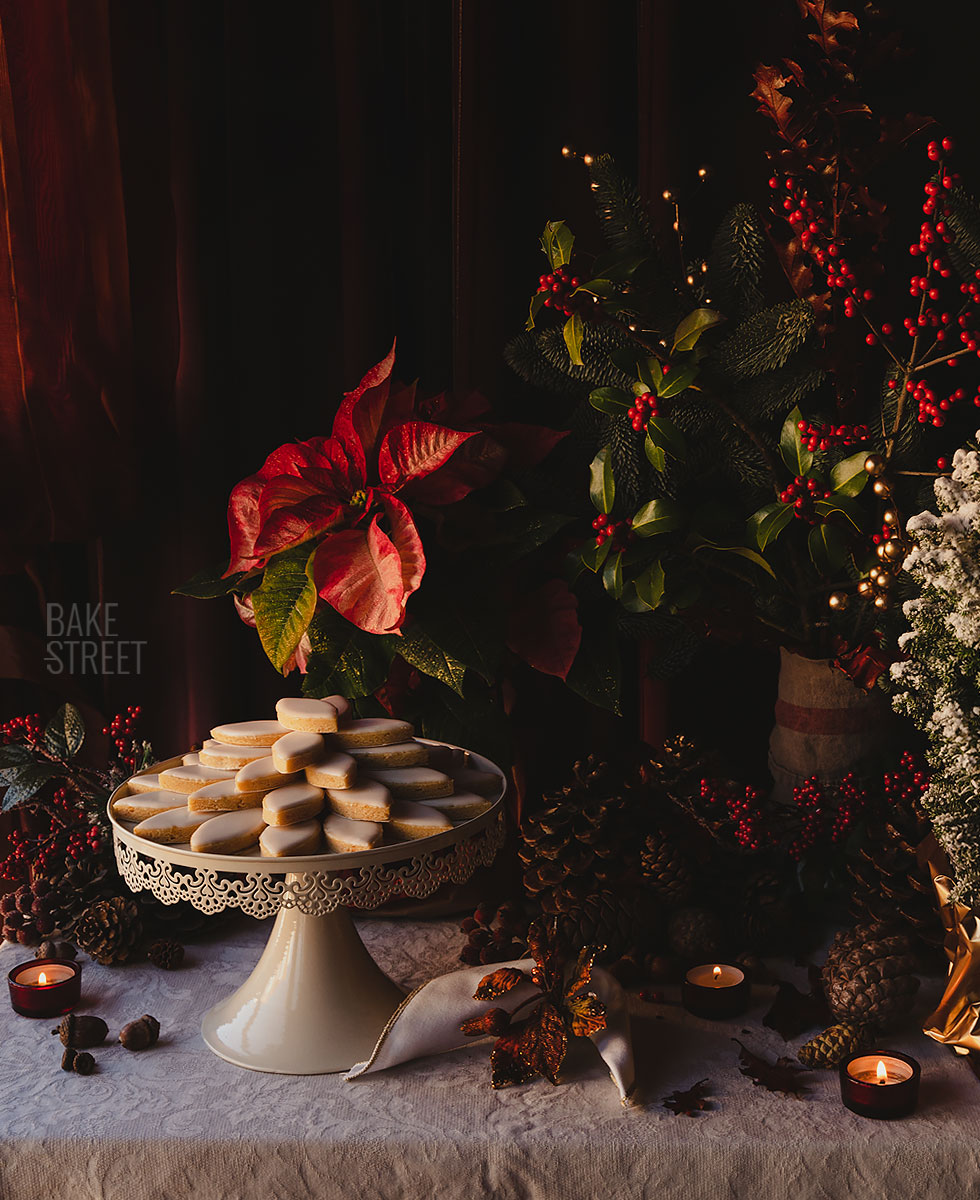
Preparing Calisson d’Aix.
The calisson is a pastry that has not changed its formula since its creation for the queen. It consists of finely ground almonds together with candied melon and orange peel. A nougat wafer is placed on the base and decorated with a thin layer of royal icing made from egg white and powdered sugar.
Its formula has been followed to the letter since 1454 and has been passed from calissonier to calissonier;
“Mix 1/3 almond together with 1/3 candied melon and 1/3 hot syrup.”
Each calissonier has its own elaboration process and brings different quantities or nuances of each ingredient. Some add candied orange, vanilla, lemon zest, honey, orange blossom water, almond extract or bitter almond oil….
Cavaillon melon variety is used to make calisson d’Aix.
The history between Cavaillon and melons dates back to the 15th century. The variety “piel de sapo” melon, with its slightly elongated shape and green skin, is the oldest variety. Around 1495, the Cantaloupe variety, so called because it was originally grown in Cantaloupe (where the Popes used to spend their summers near Rome), settled in the pontifical lands of Cavaillon, where it remained until the 20th century.
This happened thanks to Pope Charles VIII, who brought seeds of this variety of melon to Provence. Although this variety is also cultivated in North America, only melons grown in Cavaillon can receive the official denomination of Cavaillon.
As was the case with the artichoke or the peach, the melon was considered a rare fruit until the 18th century. Its cultivation was subject to special treatment and multiple precautions, with plots of land reserved and guarded.
In 1882, the area devoted to melon cultivation represented one-fifth of all horticultural crops. The year 1825 marked the beginning of the cultivation of a new variety of melon, with smooth skin and well pronounced ridges. This variety contributes to the renown that Cavaillon enjoys to this day; a renown that quickly reached Paris.
Alexandre Dumas himself, having been asked to order some of his works from the Cavaillon library to enrich the collections, replied that he would gladly accept if he was granted an annuity of 12 melons per year, a request that was evidently granted.
Since 1988, a confraternity of the Knights of the Order of the Melon of Cavaillon has been in charge of its promotion.
Recipe Calisson d'aix
Ingredients for 36-38 pieces
MARZIPAN:
- 230 g candied melon (link recipe)
- 30 g candied orange (link recipe)
- 20 g candied lemon (link recipe)
- 300 g ground almonds
- 180 g powdered sugar
- 3-4 tablespoons orange blossom water
- 2 rectangular nougat wafers sheets
SYRUP:
- 100 g water
- 200 g sugar
ROYAL ICING:
- 1 large egg white
- 160 g powdered sugar
MATERIAL WE WILL NEED:
- stand mixer/kneader (optional)
- colander + bowl
- food processor or blender
- saucepan
- adjustable roller pin
- Calisson molds
- curved pastry spatula
Instructions
Hydrate fruits.
- Candied melon recipe that I left you in my last publication, is subsequently dehydrated to be able to preserve it for a long time. It is for this reason that we will re-hydrate it with syrup.
- Place the sugar and water in a saucepan over medium heat and bring to a boil. When this happens, the sugar will be completely dissolved.
- Add pieces of candied melon, place over low heat and cook for 15 minutes. After this time, the melon will become transparent.
- Turn off the heat and add the candied orange and lemon.
- Let stand for 5 minutes in the saucepan.
- Pour the fruits into a colander placed over a bowl, let them drain and cool completely.
Prepare the marzipan paste for the Calisson.
- Add the drained candied fruits in a food processor or blender.
Process until a paste is obtained, it is okay if there is a small portion of candied fruit (such as orange or lemon). - Add the candied fruit paste to the bowl of the stand mixer along with ground almonds, powdered sugar and orange blossom water.
- Mix with the flat beater until a homogeneous mixture is obtained.
- Transfer the marzipan paste to a clean work surface and knead to amalgamate.
- If we observe that the dough is too dry, we can add a little water.
- Shape a cylinder, wrap with plastic wrap and let it rest, ideally, for 3 days in the refrigerator.
- NOTE: If we don't want/can't wait that long, no problem. Let stand for 6 hours at room temperature and proceed to shape them.
Shape Calisson.
- If the marzipan is refrigerated, take it out 2-3 hours before stretching it.
- Stretch the marzipan paste with the help of an adjustable rolling pin, we will give a thickness of 1 cm. Place the dough on a silpat or Teflon and stretch it.
- Place a rectangular nougat wafer, smooth side down, on the marzipan.
- Cut the excess that protrudes from the wafer and keep it in cling film.
- Lightly grease the calisson mold with olive oil. This will help us to cut them without the marzipan sticking to the cutter.
- Place the calisson cutter on the dough with the wafer. With the help of a sharp knife, go over the inside of the mold with the knife in order to cut the wafer.
- Press gently to fit the mold and roll a rolling pin over it to cut the calisson.
- To remove the mold, press gently on the sides and pull upwards. In this way the calisson will not remain on the work surface.
- Put it to one side with the paper touching the work surface and the marzipan side up, so that the surface begins to dry slightly.
- Cut the rest of the calissons.
- Once we have cut as many as the paste allows, remove the wafer and discard it.
- Knead the excess marzipan together with the marzipan we had reserved in film. Stretch again with the rolling pin, place another nougat wafer and proceed to cut the rest.
Prepare Royal icing
- In a bowl add the egg white and the powdered sugar.
- Mix with the help of a whisk until completely homogenized.
- Check the consistency and adjust if necessary; more powdered sugar to give more density or a few drops of water to make the icing more fluid.
Cover the surface of the calissons with the icing.
- In this step we will have to be very patient.... Because we must cover one by one our calissons with a spatula. And we have a few.
- With the help of the curved spatula, cover the surface of the calissons. We must reach the edges of the calissons and make sure that no glaze overflows from the sides. If this happens, slide the spatula along the side.
- Place on a rack and proceed to cover the rest.
- Once all the calissons are covered with the icing, let them dry at room temperature for 2-3 hours. If they have not dried after this time, let them dry until the icing solidifies completely.
- Once it is hard, we can store them in an airtight container or even in a tin, overlapping them.
- They can be eaten from the first day, but as these pass, the calissons are incredibly better in taste and texture. You will notice a lot of improvement after 3-4 days. They become very moist and absolutely aromatic.

Notes
- It is important to use a good quality ground almond, which not only guarantees good flavor, but also moistness. An old or poor quality ground almond will leave us with a very dry marzipan to which we will have to add water to obtain a good final result.
- Candied fruits can be made at home or purchased. On my website you have how to make the 3 recipes, although I am aware that for the melon we are a little short of time. You can buy it in specialized stores, order it in your favorite fruit shop or buy it online. For my part I found this store in France and has very good products, they also have candied melon.
- Some recipes use jams or jellies instead of candied fruits. This is not the traditional way of making them, and has nothing to do with the final result.

- The amount of orange blossom water can be adjusted to your taste, you can taste the dough once mixed to check the flavor. But keep in mind that the aroma and flavor intensifies with rest.
- Some elaborations have bitter almond extract or bitter almond oil. In my case I have not tried it, but I will certainly do it for future occasions.
- The ideal is to let the marzipan dough rest so that the flavors and aromas mature. But, if you can't wait, you can proceed to form them the same day.
- We must not omit the wafer base, as it helps us to stack them, in addition to providing that particular Christmas texture. The texture of the wafer improves as the days go by.
- The calissons molds are very easy to find in online stores specialized in baking. They usually come in 3 sizes, the ideal is to use the 3 or 2 of them to alternate them when presenting them. In my case I used the 6 and 8 cm.
- We must grease the calisson mold from time to time, it will help us to obtain clean cuts and without the marzipan sticking to it.
- The icing must dry completely before storing.
- They keep in perfect condition stored in an airtight container for 2-3 months.

It has been a long time since I had tasted such a wonderful pastry. Without a doubt, these Calisson d'Aix are worthy of admiration, not only for the delicate and laborious process required to make them, but also for how incredibly delicious they are.
The texture is very moist, you can appreciate the texture and unctuousness of the almond along with the fruity notes of melon, orange and lemon. The marzipan is, in this case, perfumed with orange blossom water and manages to give it that floral and elegant touch. The thin top layer of royal icing provides a light and subtle crunchiness along with a sweet spot that makes it absolutely irresistible.
This Christmas cake is able to captivate even those who do not like marzipan. I promise.
From here I want to wish you a very happy holidays and Merry Christmas. Enjoy these magical days, be careful and cautious, but above all, live very intensely.
Lots of love,
Eva
Sources: Sandale et Ciboulette, Navette aix Marseille, Passion Confiserie
